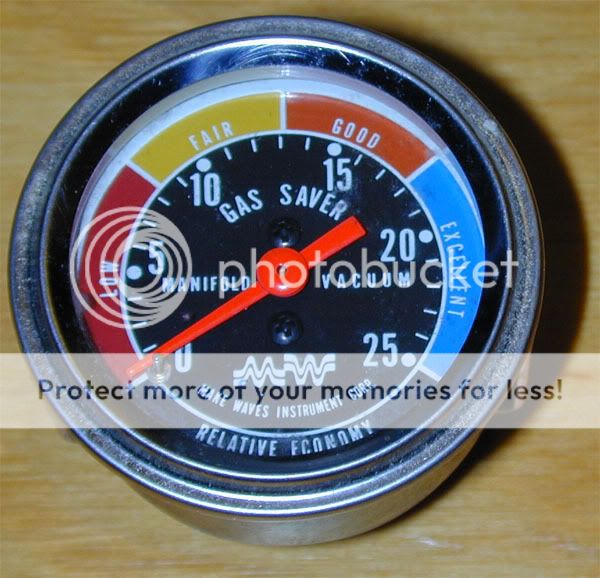A few more items. To achieve the fastest airspeeds, the knob will again be pushed full forward, or perhaps slightly back. Where this differs from a road vehicle, is that will prop won't be at it's finest pitch, as it was for takeoff, even though the blue knob is full forward again.
It sometimes sounds confusing, but is really simple in general operation. For instance, on takeoff, I go full throttle & the blue knob full forward. Since my plane has some reserve power (RV6 with 180HP), I can pull the prop back a hundred rpm or so, for noise, and still easily climb.
I then have choices as I level out. I'll pull the prop back to 2300-2350 while throttle remains at full, if I want the speed. My engine prop combo has a limitation of short durations between 2000 & 2250 rpms. I don't like running below 2000, so I'll just keep it above 2250. If I want to fly slower, to stay with my slower friends, I'll just pull the power back, while leaving the prop at 2350 rpms. Should I want to climb, I'll slightly pull the stick back, to begin loading the engine, while pushing the prop knob forward (low pitch/high rpm)........then, I'll add power (MP).
To transition from cruise to landing, I can leave the prop knob at 2350. Shove it in too soon, and it's like shoving a car or motorcycle into low gear at cruise speed. The engine will over-rev, and you'll be thrown against the seat belts. I can actually enter the pattern at high speed, and the prop acts as a real good speed brake, even still set at 2350. I can even land that way.
However, the reason you push the knob full forward on final approach, is that you'll find a great loss of power...........should you do a touch & go. Hopefully, you'll think "woops", and shove the knob full foward. Like I said, shove it full forward too soon, and it's like shoving it into low gear at high speeds. That's why you wait, until the airplane has slowed down on final.
Some pilots actually leave the throttle (MP) at full, and use the rpms for airspeed. I never have preferred that method.
L.Adamson


 But you and Henning are truly made for each other in your bad advice.
But you and Henning are truly made for each other in your bad advice.
